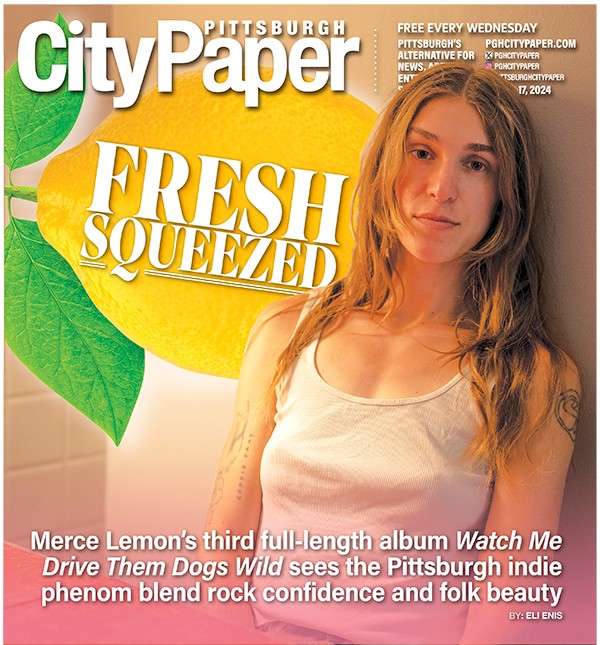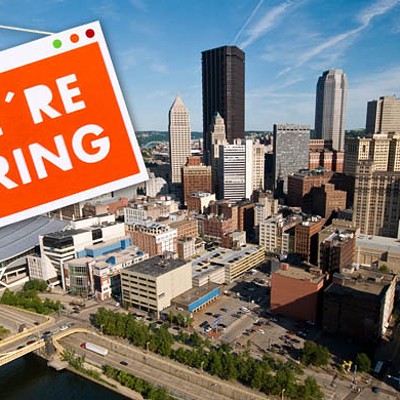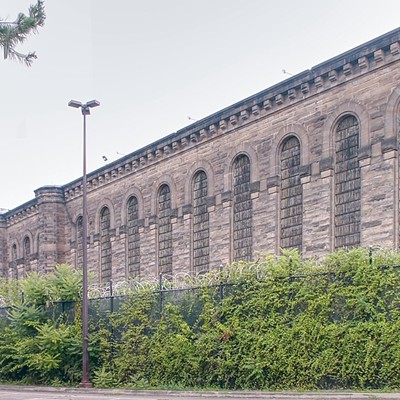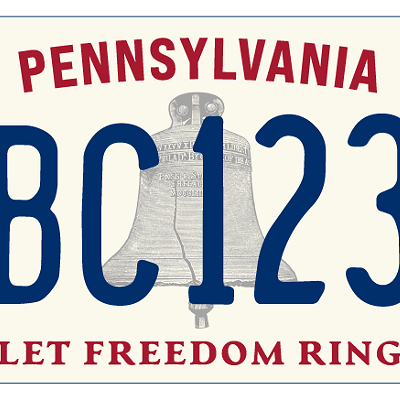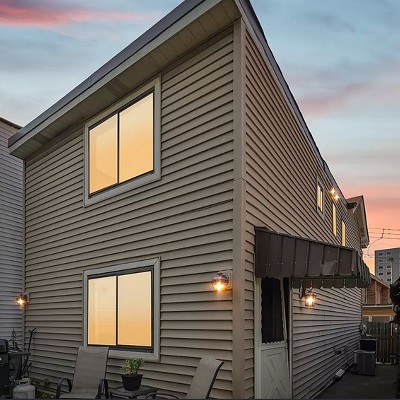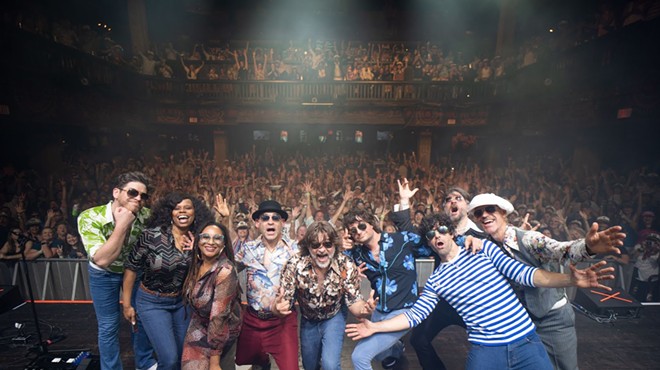I'm tempted to ask: When they see what the Strip District really is, are your friends relieved, or just disappointed? But hey, that's really between you and them. And the truth is that Pittsburgh's Strip District, like Las Vegas' Strip, has long straddled the gap between daytime family-friendly entertainment, and a what-happens-here-stays-here mindset at night.
Given that dual personality, perhaps it's no surprise that, as a 1981 Pittsburgh neighborhood atlas notes, "The Strip District has gone by a variety of names" -- among them "O'Harasville, the Northern Liberties, and Denny's Bottoms." (Yes, I can imagine what assumptions that name might lead to. But "bottoms" is short for bottomlands, the low-lying areas alongside a river.)
When Europeans first began to settle in Pittsburgh, a portion of the Strip was a Delaware Indian village known as Shannopin's Town. Its exact location is uncertain, but according to the Historical Society of Western Pennsylvania's profile Pittsburgh's Strip District, it was probably located "near present-day Penn Avenue and 30th Street." Where the native peoples no doubt enjoyed excellent bus service.
In the 1770s, a portion of the area was renamed "Springfield Plantation" by James O'Hara, an Indian trader and early manufacturer who bought the land from one Thomas Smallman -- whose name is still attached to one of the neighborhood's distinctive Saturday-morning thoroughfares/parking lots.
Later, portions of the Strip were called Bayardstown, which lent its name to one of the city's most notorious 19th-century street gangs, the Bayardstown Rats. The Rats were famous for battling their North Side rivals, the Allegheny Boys, atop the frozen waters of the Allegheny if need be. Which just proves that Pittsburghers will cross a river -- if they have the right incentive.
The origins of those names are fairly easy to pinpoint; Bayardstown, for example was named for George A. Bayard, who laid out the area for development in 1816. By contrast, "Strip District" seems to have emerged organically, from street usage. So it's hard to be precise about when it arose, or what the people who used it had in mind.
Still, the general consensus is that the neighborhood takes its name from the topography. This is, after all, a neighborhood that runs roughly 20 blocks long but only three blocks wide. As architectural historian Franklin Toker writes in Pittsburgh: An Urban Portrait, the neighborhood is "a literal 'strip' a mile and a half along Penn and Liberty avenues."
I've also heard it said that the Strip was named for the steel strip mills that once lined its riverbanks. It's easy to forget now, but the Strip was a key 19th-century industrial district. (It was, in fact, the neighborhood that inspired James Parton's description of Pittsburgh as "Hell with the lid off.") I've been hard-pressed to find any evidence for the steel-mill explanation, but Toker notes that "no tract of land on earth was better formed to be an assembly line." It's likely that the name stuck because it described both the area's geography and its industry -- which were similarly stretched alongside the banks of the Allegheny and the sprawling, sinuous roads and rail lines.
The neighborhood has, after all, been a key transportation node for produce and other items for more than a century. Pittsburgh's Strip District dates the neighborhood's emergence as a wholesale produce district to the early 1900s, when the Pennsylvania Railroad relocated its warehouses a dozen blocks to the east of Downtown. Ever since, you might say it's been sort of a Strip mall with the lid off.
In any case, the Strip District name seems to have arisen along with the city's industrial might, and was certainly well established by the early 1900s. A celebrated cartoon dating to 1915, for example, warns that "In the 'Strip' are scores of saloons and pool rooms," which, unlike the steel industry's Bessemer converters, are "busy at ... converting of a different kind." The cartoon illustrates a strapping young lad walking into a barroom -- and walking out smoking a cigarette and toting a revolver. (It was a shot-and-a-beer place, apparently.)
I just hope that poor kid hadn't gone to the Strip District hoping to buy biscottis and bok choy.


